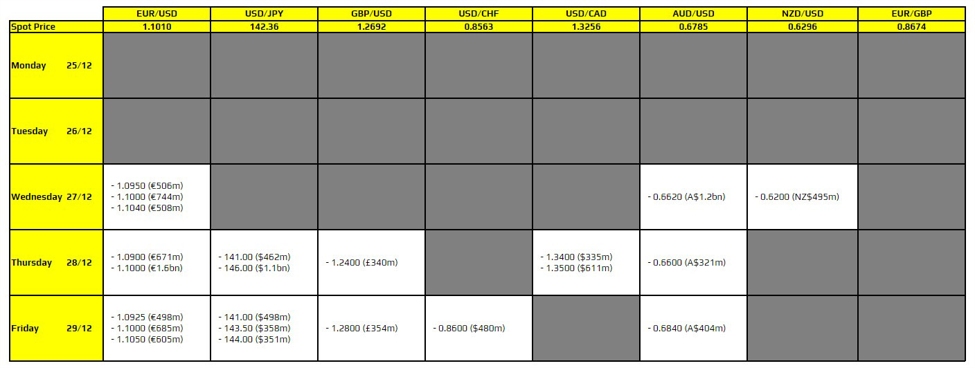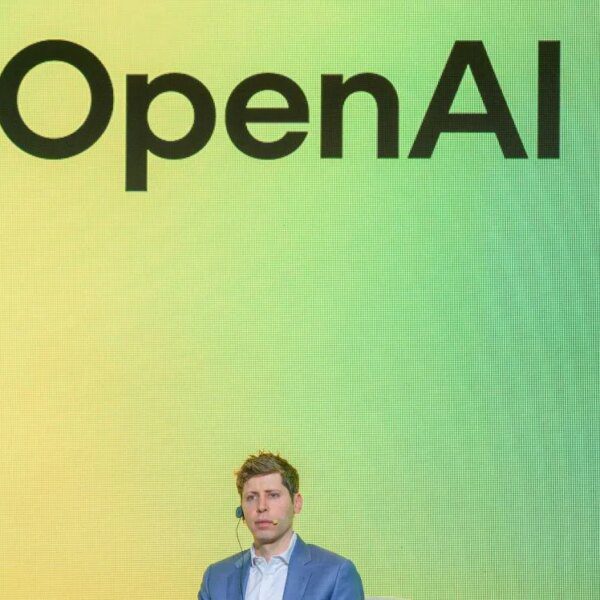
AI is finally delivering the productivity gains long promised. But something else is quietly slipping away: our connection to one another. While many conversations about AI fixate on job loss, new research from the Upwork Research Institute reveals a more immediate and underrecognized risk. AI is accelerating output, but at an emotional and relational cost, pointing to a growing lack of trust and clarity from leadership.
The hidden cost of AI-driven productivity
Upwork’s global survey of 2,500 C-suite executives, employees, and freelancers confirms what many leaders have hoped for: AI delivers measurable results. Employees report a 40% boost in productivity, and 77% of C-suite leaders say they’re already seeing productivity gains from AI adoption in the past year.
But the workers who report the highest productivity gains due to AI are also the most at risk. Among top AI performers, 88% report feeling burned out, and they’re twice as likely to consider quitting. Many of them also feel disconnected from their organization’s broader AI strategy, as 62% say they don’t understand how their daily use of AI aligns with company goals.
This disconnect poses a critical leadership challenge. Without thoughtful integration, even the most promising technologies can undermine team cohesion and well-being. It’s not enough to adopt AI; we must redesign work systems that support the humans behind the gains.
The emotional fallout is striking. Among top AI users, 67% say they trust AI more than their coworkers, and 64% say they have a better relationship with AI than with human teammates. A full 85% say they’re more polite to AI than to people.
The very tools accelerating productivity are eroding the social fabric that sustains it.
How efficiency set the stage for disconnection
For decades, we’ve optimized work for speed and scale—streamlining operations, cutting meetings, flattening teams, and replacing dialogue with dashboards. AI fits seamlessly into this model, delivering more output with even less friction.
But in the process, we’ve stripped away much of the relational glue that holds teams together. Onboarding is rushed. Training budgets shrink. Managerial spans stretch. Real conversations are replaced by templated guidance, and the space to say “I don’t know” quietly disappears.
Into that void steps AI: tidy, responsive, nonjudgmental. It listens, summarizes, and never interrupts. No wonder workers speak to it more politely than to their peers.
For overworked employees, AI becomes a psychologically safe place to think aloud. It’s no surprise that therapy and companionship are now among its top use cases.
At first glance, this may seem harmless. But when synthetic understanding begins to replace real human connection, the impact extends beyond individual well-being to innovation, trust, and team performance.
How independent talent is modeling a better path
In contrast to full-time employees, freelancers appear to be navigating AI adoption with greater agency and resilience. Nearly 9 in 10 freelancers say AI has positively impacted their work, and 42% credit it with helping them specialize in a niche. Most use AI as a learning partner, with 90% saying it helps them acquire new skills faster.
By comparison, only 30% of full-time employees say AI has helped them take on new projects—and far fewer report benefits like better pay, faster promotions, or improved job opportunities.
This gap points to a core insight: Agency, trust, and autonomy matter. When people have control over how they use AI, they use it to grow, not just to go faster.
And demand for AI-literate talent is accelerating. On Upwork, searches for professionals skilled in working with AI agents have surged nearly 300% in the past six months. Independent professionals, by necessity, have developed healthier models of augmentation, using AI to amplify their value without eroding their human connections. Our data shows that 71% of AI use by freelancers on Upwork is focused on augmentation, not automation, highlighting a strong preference for human-AI collaboration.
Flexible talent ecosystems and psychologically safe environments aren’t perks; they’re prerequisites for sustainable performance.
How to redesign work for connection
To counter AI’s quiet displacement of human connection, leaders must move beyond tech adoption to intentional work redesign—one that puts relationships back at the center.
It starts by designing for reciprocity, not just efficiency. Leaders should examine critical workflows and look for where human interaction has been stripped out in favor of speed. Have mentorship opportunities been replaced by templated guidance? Are there still spaces for team reflection or open feedback, or have those moments been optimized away? Rebuilding intentional touchpoints—where people listen, respond, and learn from each other—will be key to sustaining collaboration in an AI-powered workplace.
At the same time, we need to rebuild the role of the manager. Many managers today are spread too thin, overseeing too many direct reports with too few tools or time to coach effectively. If we want teams to grow and thrive, leaders need the bandwidth and structure to focus on development, not just delivery. That may mean rethinking spans of control, investing in manager training, or giving them explicit permission to slow down and connect. Starbucks is a great example here. It’s actively investing and bringing in more assistant managers to its stores so that leaders can better serve their customers and employees.
We must also measure what matters. Connection won’t flourish if it’s invisible. Metrics like psychological safety, peer trust, and collaboration frequency should be tracked with the same rigor as throughput and KPIs. What you measure signals what you value—and employees notice. Microsoft provides a great case study, choosing to measure and develop human thriving, rather than engagement, emphasizing the role of relationships and connections in one’s role.
Incorporating hybrid talent models can help as well. Freelancers and independent professionals are modeling healthy AI adoption in real time. Embedding them through flexible partnerships can help transfer sustainable behaviors and norms. Already, 48% of business leaders on Upwork say they’re engaging freelancers to support AI transformation efforts.
AI can drive connection—if we let it
The biggest risk of AI isn’t job loss; it’s relational loss. People aren’t quitting because they fear automation. They’re quitting because they feel unseen, unsupported, and increasingly alone.
Organizations that want to retain their most productive workers must go beyond tools and training to foster connection, support, and alignment.
If we allow AI to replace not just tasks but trust, we’ll see short-term gains followed by long-term erosion: rising attrition, faltering innovation, and teams that turn inward rather than toward each other.
But if we design work intentionally—so that AI augments human strengths instead of replacing them—we can create a future where technology doesn’t diminish connection, but deepens it.
The future of sustainable productivity isn’t just AI + human. It’s AI + human + intentional work redesign.
The opinions expressed in Fortune.com commentary pieces are solely the views of their authors and do not necessarily reflect the opinions and beliefs of Fortune.
Read more:














